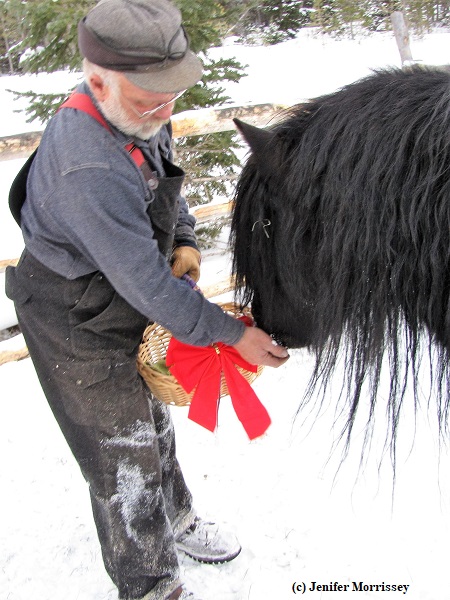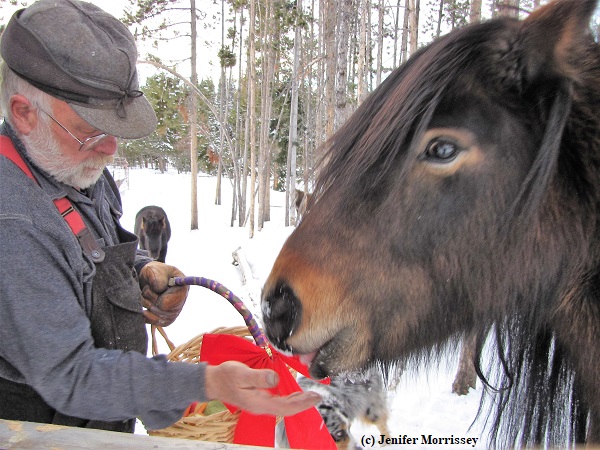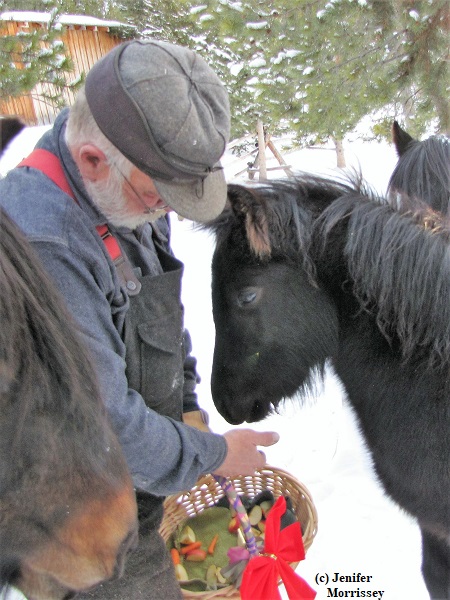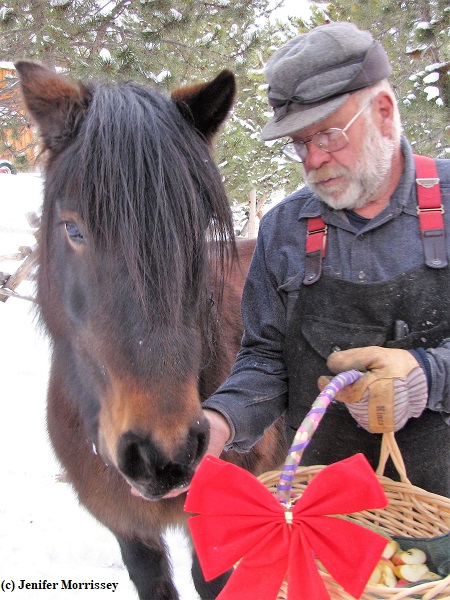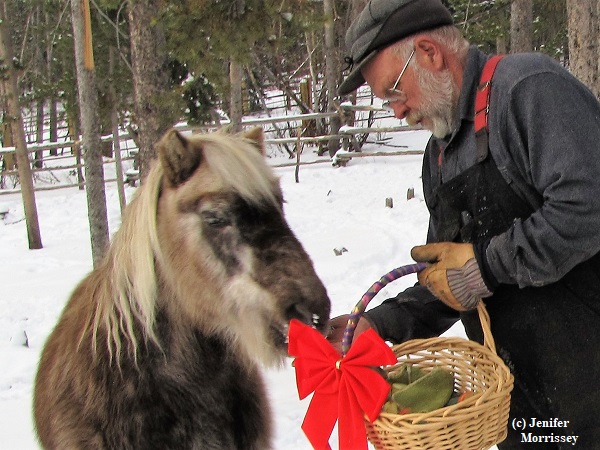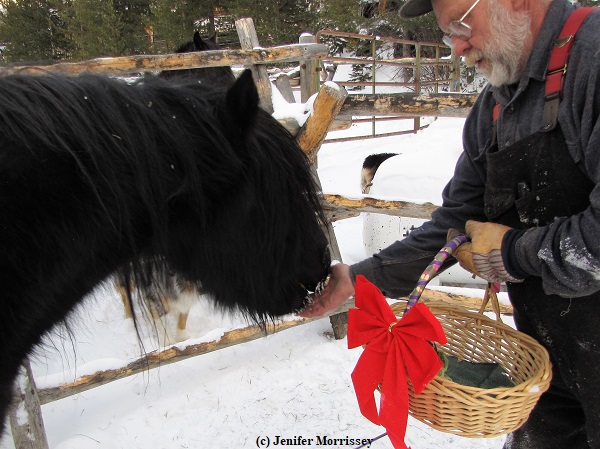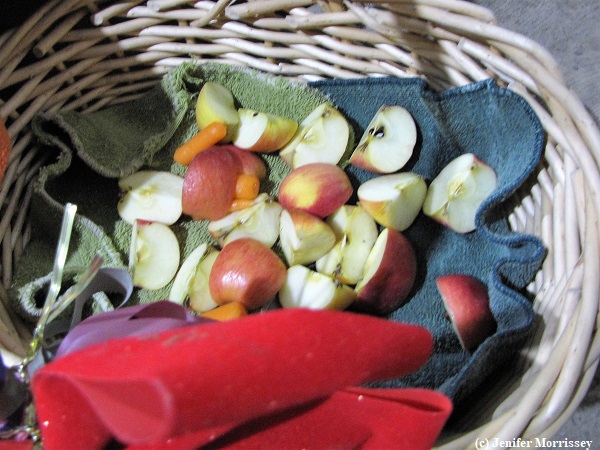The title of an article about some new research read “Fat Ponies Will Work for Food.” Ponies being in the title certainly caught my attention. And I’m thrilled that ponies are meriting the attention of researchers. I was, though, disappointed at the implied surprise that ponies are willing to work. Ponies of course have a long and storied working history. Nonetheless, I read the article to learn what the researchers had found.
Researchers in Australia constructed a feeder that had two sides with sliding doors. Overweight ponies were given access to the feeder, and after consuming a small amount of hay, the door was automatically closed on one side and opened on the other. The ponies had to walk around the feeder to access the other door. The feeder design resulted in 3.7 times more distance traveled per day. It also resulted in a decrease in body condition score, a decrease in cresty neck score, and a decrease in body fat percentage. That’s all obviously really good news. For those ponies that were food motivated, the feeder design also resulted in improved insulin sensitivity, also good news. (1)
Keeping weight off ponies who aren’t in regular work is a challenge for all of us. Melody de Laat, PhD, BVSc, of the Queensland University of Technology, in Brisbane, said, “Low-intensity exercise of enough duration can be difficult to achieve in ponies that are not ridden regularly, if at all. The dynamic feeder enables a pony owner to exercise their pony without longeing or walking the pony.” de Laat added, “If owners don’t have access to a dynamic feeding system they could consider walking their pony by hand—just bring him along on the daily dog walk.” (2)
A quick internet search suggests that a dynamic feeding system isn’t readily available, but there are other ways to get ponies to do low-intensity exercise on their own. I have had great success feeding on a track system (click here and here for articles on the subject.) In the Australian study, they got the ponies to walk for two hours twice daily. My track feeding system has the ponies walking one hour four times a day. And while the researchers found benefits to physical health, I have also found that the increased movement has benefits for mental health.
Although the title of the article wasn’t entirely accurate – the ponies walked for their food, they didn’t work for it - the title did do the job of enticing me to read further. And the research expanded my appreciation for the benefits of getting ponies to move on their own. It is so important for both physical and mental health that ponies move in the course of their day, either through work or being encouraged to do so otherwise. Anything that can help owners help their ponies with that objective is helpful indeed.
- Janicki, Kristin M. “Study: Fat Ponies Will Work for Food,” thehorse.com article #136575, 9/18/17. And de Laat et al, “Sustained, Low‐Intensity Exercise Achieved by a Dynamic Feeding System Decreases Body Fat in Ponies,” Journal of Veterinary Internal Medicine, Sep-Oct 2016, at https://www.ncbi.nlm.nih.gov/pmc/articles/PMC5032883/
- Same as #1.
© Jenifer Morrissey, 2018
More stories about sharing life with ponies can be found in my book The Partnered Pony: What's Possible, Practical, and Powerful with Small Equines, available internationally by clicking here or on the book cover.






